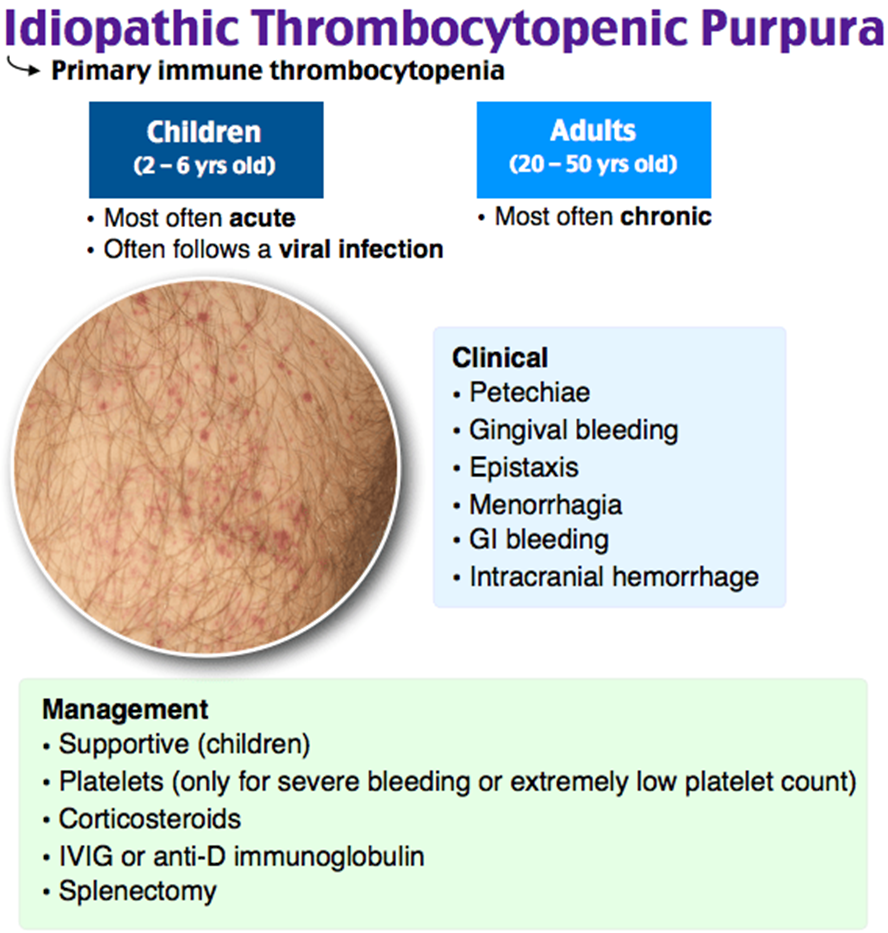The nurse is caring for a client who has heart failure and a history of asthma. The nurse reviews the provider's orders and recognizes that clarification is needed for which of the following medications?
Carvedilol
Captopril
Isosorbide dinitrate
Fluticasone
The Correct Answer is A
A. Carvedilol: Carvedilol is a non-selective beta-blocker that blocks both beta-1 and beta-2 adrenergic receptors. Beta-2 blockade can lead to bronchoconstriction, which can exacerbate asthma symptoms. Clarification is needed to see if a cardioselective beta-blocker (like metoprolol) would be safer.
B. Captopril: Captopril is an ACE inhibitor commonly used in heart failure to reduce blood pressure and decrease the workload on the heart. It does not have bronchoconstrictive effects and is safe for use in clients with asthma.
C. Isosorbide dinitrate: Isosorbide dinitrate is a nitrate used to manage heart failure by dilating blood vessels and reducing the workload of the heart. It has no effect on bronchial smooth muscle and is not contraindicated in asthma, so no clarification is needed.
D. Fluticasone: Fluticasone is an inhaled corticosteroid used to manage asthma by reducing inflammation in the airways. It is beneficial in clients with asthma and does not pose a risk to clients with heart failure. There is no need to clarify this medication.
Nursing Test Bank
Naxlex Comprehensive Predictor Exams
Related Questions
Correct Answer is B
Explanation
A. RBC (Red Blood Cells): ITP primarily affects platelet levels, not red blood cells. Therefore, red blood cell counts are not typically decreased in ITP.
B. Platelets: This is the correct answer. ITP is characterized by a low platelet count due to immune-mediated destruction of platelets. A decreased platelet count can lead to an increased risk of bleeding.
C. Granulocytes: While ITP primarily affects platelets, it does not have a direct impact on granulocyte counts. Granulocytes are a type of white blood cell.
D. WBC (White Blood Cells): ITP primarily affects platelets, not white blood cells. Therefore, white blood cell counts are not typically decreased in ITP.

Correct Answer is C
Explanation
A. High-density lipoprotein (HDL) level of 70 mg/dL: Having a high HDL level is generally considered a protective factor against cardiovascular disease, including hypertension.
B. A diet high in potassium: A diet high in potassium is often associated with a lower risk of hypertension. Potassium helps balance sodium levels and supports healthy blood pressure.
C. Obstructive sleep apnea (OSA): This is the correct answer. Obstructive sleep apnea is a known risk factor for hypertension. The repeated episodes of interrupted breathing during sleep can contribute to increased blood pressure.
D. Taking benazepril: Benazepril is an angiotensin-converting enzyme (ACE) inhibitor commonly used to treat hypertension. While it is used to manage high blood pressure, taking the medication itself is not a risk factor for developing hypertension.
Whether you are a student looking to ace your exams or a practicing nurse seeking to enhance your expertise , our nursing education contents will empower you with the confidence and competence to make a difference in the lives of patients and become a respected leader in the healthcare field.
Visit Naxlex, invest in your future and unlock endless possibilities with our unparalleled nursing education contents today
Report Wrong Answer on the Current Question
Do you disagree with the answer? If yes, what is your expected answer? Explain.
Kindly be descriptive with the issue you are facing.
